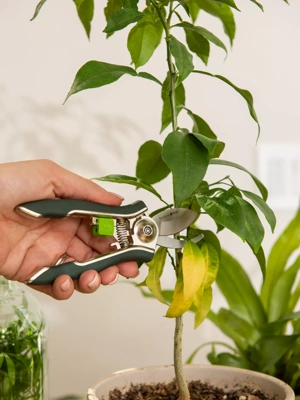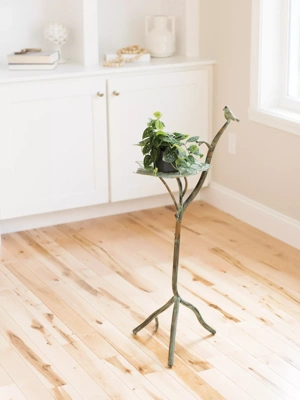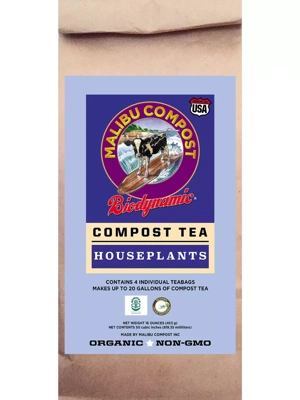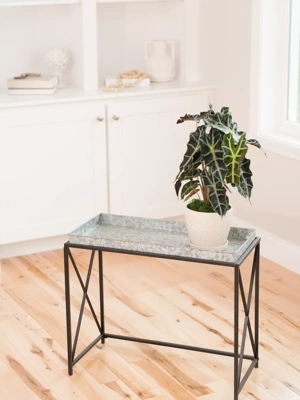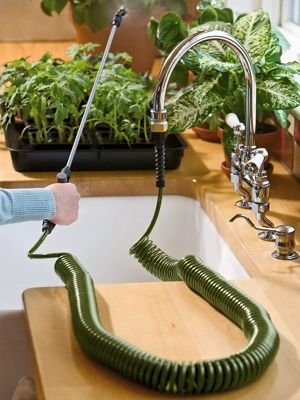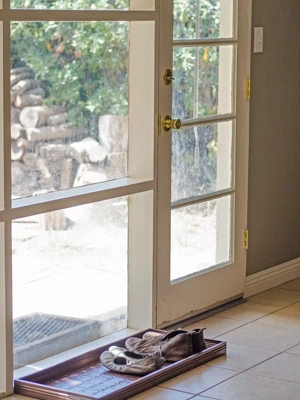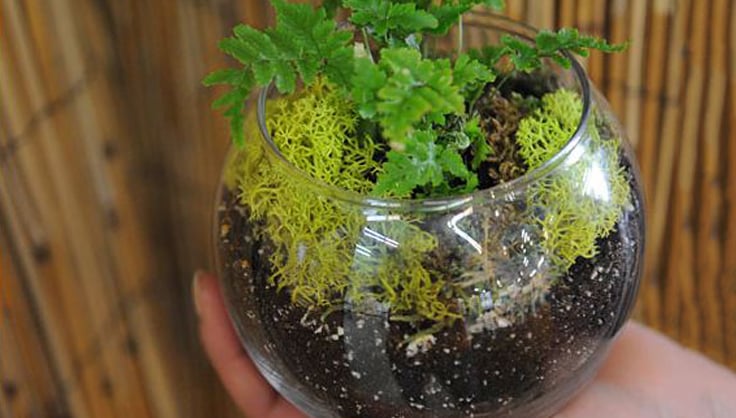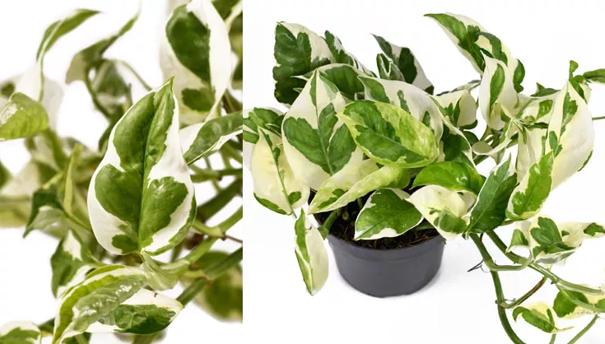How to Care for Alocasia

Native to tropical and subtropical forests of Asia and eastern Australia, these gorgeous giants are adapted to warm, humid conditions that receive tons of light. Gardening in Zones 9-12? You may be able to plant your alocasia outdoors as a perennial; they grow from tubers or rhizomes. They need consistently humid, warm temperatures — if you live in a cooler growing zone, treat your alocasia as an indoor houseplant.
Types of Alocasia to Try
There are nearly 100 species of alocasia worldwide, though not all are commercially available in nurseries. Those grown as houseplants generally range from 2-6 feet tall, although some species and cultivars remain a compact 12-18 inches in height.
Alocasia x amazonica 'Polly': commonly found in plant nurseries, and recognizable for its dark, arrow-shaped leaves
Alocasia zebrina: sports very unique stems with horizontal striping resembling, yes, zebras
Alocasia cuprea: uncommon but highly sought after, this species has deep, metallic red leaves
Alocasia macrorrhizos: known as Giant Taro, this species is prized for its enormous, glossy green leaves.
Alocasia micholitziana 'Frydek': highly popular due to its hardier-than-average nature and dark green, velvety leaves
Best Conditions for Alocasias
Light
Alocasias prefer bright, indirect light. Direct sunlight can scorch their leaves, while too little light can lead to leggy growth and a decrease in leaf size. A spot near an east or west-facing window is ideal.
Soil
These plants thrive in loose, chunky, slightly acidic soil. A mix of potting soil, perlite, and either coco coir or orchid bark, is a good combination.
Humidity
As tropical natives, alocasia require tons of humidity. Keep in a steamy, bright bathroom, or place near a humidifier.
How To Care For Alocasia
Watering
They prefer consistently moist soil; water your alocasias when the top couple of inches of soil feel dry. While they often grow alongside water in their native habitat, they won't do well sitting in a pot of wet soil. Ensure good drainage in the pot to avoid soggy soil.
Fertilizing
Alocasias are heavy feeders and appreciate a boost from a balanced (20-20-20, for example) fertilizer. During the growing season, fertilize every two weeks with a half-strength, balanced liquid fertilizer. Reduce fertilizing in the winter months to let the plant go dormant.
Pruning
Pruning isn’t usually necessary but removing any yellowing or dead leaves can keep the plant looking healthy. Use clean, sharp scissors to prevent any damage.
Repotting
Repot your Alocasia every couple of years or when it becomes root-bound. The best time for repotting is in the spring or early summer. Choose a pot that is slightly larger than the current one for best growth.
Propagation
Alocasias can be propagated by dividing the rhizomes or tubers during repotting. Carefully separate them, ensuring each section has at least one growing point, and pot them in individual containers.
Common Problems with Alocasias
Pests and Diseases
Common pests include spider mites, aphids, and mealybugs. Alocasias can also be susceptible to fungal infections if overwatered. Regularly inspect your plant and treat any issues promptly.
Toxicity
Alocasias are toxic to pets and humans if ingested, and their sap can cause skin irritation. Handle with care and keep away from pets and children.
Alocasia FAQs
Q: How can I increase humidity for my Alocasia?
A: Alocasias love high humidity. You can increase humidity by placing a humidifier nearby, grouping plants together, placing the pot on a tray of water with pebbles, or misting the leaves regularly.
Q: Why are my Alocasia's leaves turning yellow?
A: Yellowing leaves can be a sign of overwatering or poor drainage. Ensure the soil is well-draining and let the topsoil dry out between waterings. It can also be a natural process of old leaves dying off.
Q: Is Alocasia good for an indoor plant?
A: If given the right growing conditions (warm, humid, bright), alocasia makes an excellent houseplant. They can be grown as an outdoor perennial in warm growing zones (9-12), but should be treated as houseplants in cooler regions. Gardeners in cooler regions may want to move their alocasia out to a protected patio or deck during the warmest summer months.
Group smaller alocasia with other humidity-loving calathea or dieffenbachia on a plant stand, or place a larger variety as a floor specimen in an office lobby, living room or other spacious area for an arresting focal point. Decorate a shady patio or sunroom with a colorful container planted with alocasia and annual begonias for an exotic touch. Alocasias are sure to bring lush, leafy drama to your home, no matter how you style them!
Last updated: 02/05/2024
Print this Article:
Related items
Related Articles
Get the Dirt
Stay up to date on new articles and advice. Please fill out the information below.


